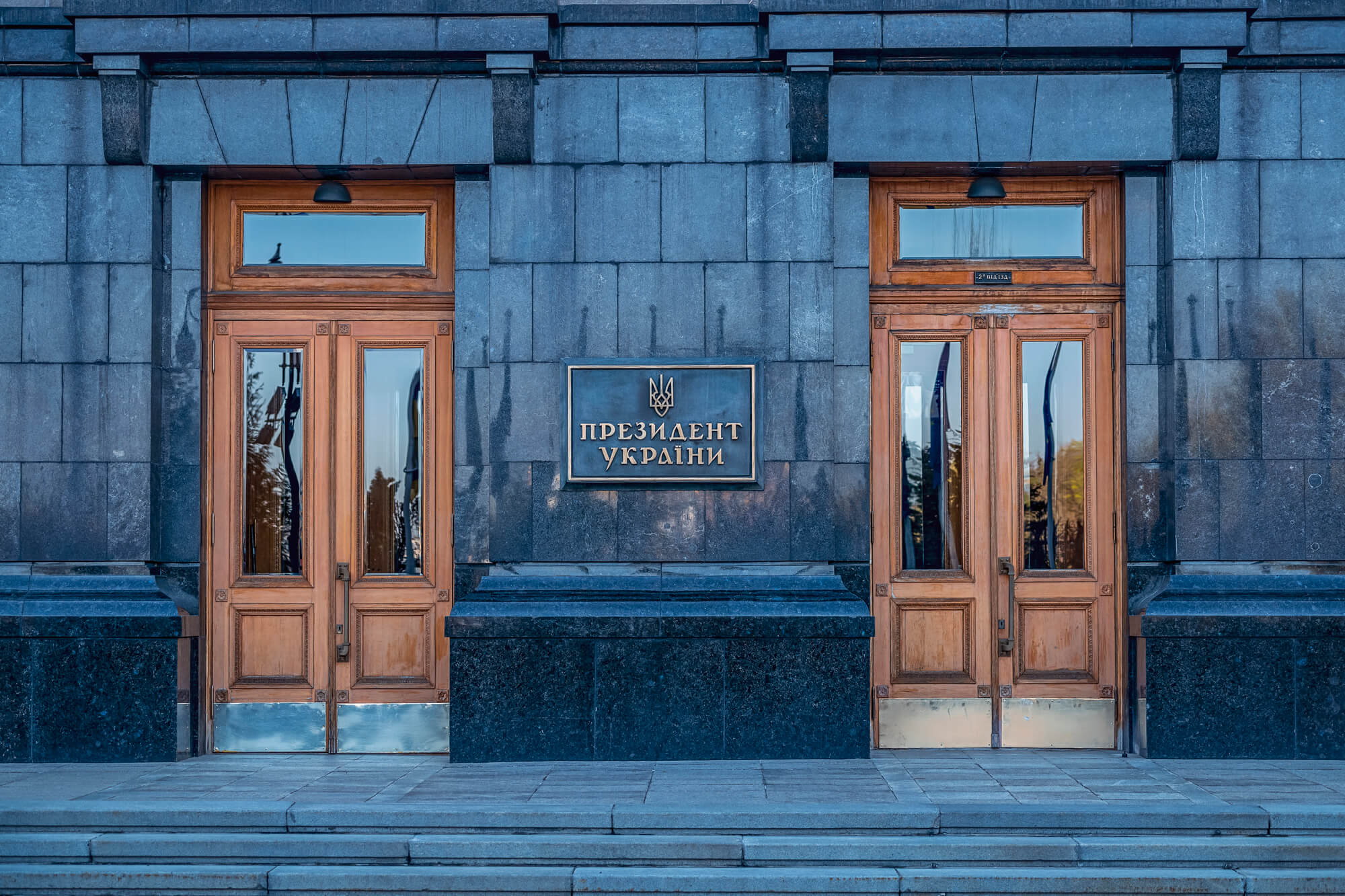In summer 2020, less than a year after the competition was announced and after the court cases trying to challenge its results were closed, the Ministry of Infrastructure signed concession contracts for two Ukrainian ports – Kherson and Olvia (in Mykolaiv). The Ministry is preparing a number of other ports for concession.
In summer 1999, the first law ‘On concessions’ was adopted by the Ukrainian parliament. In between, the law on public-private partnerships tried to speed up the developments. Still, the above-mentioned ports are the first success story (apart from a few on the local level). Will they become the start of a success era for PPPs in Ukraine or will they remain a lucky exception?
To answer this question, we performed a study based on in-depth interviews with stakeholders and process tracing methodology to see whether all the elements for PPP success in Ukraine are in place. In this post we present the main conclusions of the study.
Pros and cons of PPPs
Public private Partnerships or PPPs are a recognized way for the government to raise funds for projects without making large capital investments on its own. In a typical PPP, the Government is using private partners to deliver some parts of the project – as well as invest in its (re)development. The definitive benefit of using PPPs compared to the traditional public procurement methods is that it allows to lower the fiscal burden on the state while unleashing the power of competition to deliver top-end products. For a private partner, PPP opens an opportunity to enter into sectors where the state has been dominant, often linked to infrastructure service delivery. Given that PPPs are launched where public interest is evident, it also means that there is an expectation of the stable or growing demand on the side of a private partner. Finally, some of the liabilities can be taken off the balance sheet which makes some forms of PPPs particularly attractive to those companies worried about their credit rankings.
Despite the appetite for PPPs, not all PPPs succeed in delivering better value for money. Reasons for this are multiple. Often, regulatory framework, contractual design, and a capacity to monitor performance and effectively incentivise a desirable behaviour of private partners is to blame. For instance, when the regulatory framework is convoluted, and PPP project development is overly bureaucratized, private partners might be less willing to take part in tenders. Don’t be surprised to find that bureaucratic procedures for PPPs are typically taking up to 2 years as they are meant to ensure that the long-term partnership works, and the risks are well accounted for from the get-go. However, there is such a thing as too much bureaucracy – especially if political buy-in is shaky and there are multiple decision-making centres involved in giving a go-ahead for PPP projects.
Other factors such as accurate and detailed tender documentation, effective monitoring practices, ability to track performance and assign performance-based penalties are important. If the Government is unable to design specific terms of reference (ToRs) and other tender documentation, private entities might be disinterested due to the perceived risk of corruption or inability to design a high-quality project that definitively fits the bill. If the contractual design does not have strong incentives for private partners to provide the quantity and quality of services expected, it might lead to the relaxation of the competitive conditions. Other documentation such as coherent assessment of risks associated with the project, and its social and environmental impact has to account for the full lifecycle of the project. Assumptions that go into the value for money (VfM) study can impact the comparison and the ability of the project to generate good value for money for the citizens. Setting the right incentives and being able to control performance is also key. As one can see, there are multiple issues to flag here. The main point is that many things can go wrong but, in most cases, those can be controlled for and addressed at different project stages.
Despite a long history, PPPs became practically possible only since 2019
For Ukraine, developing PPPs is seen as a way to attract investment and reinvigorate the infrastructure sector. Recently, the Ministry of Infrastructure as well as other line ministries were pushing for the PPPs to be launched, leading to the first large project being signed – the Olvia Seaport Concession. A number of other ones are upcoming which is why it is important to reflect on how we got there and what are the remaining changes to introduce going ahead.
From the time the first version of the Law on Concessions till the reform process was streamlined in 2016-18, there were no state-level PPPs in the country. This was seen as one of the failures of the state. Besides, in private conversations experts confirm that the entry costs for private partners were unreasonably high, mainly in terms of administrative burden and time spent on preparing the necessary documentation. Given the importance of the legislative changes as well as a widespread expert optimism within the country, we have analysed what was done and what is still missing in the overall PPP framework. VoxUkraine Index showed positive expectations from the changes in the Law on Public-Private Partnerships (2016, +1 Index point) and Law on Concessions (2019, +1.8 Index points). Moreover, the regulations establishing the methodology for calculating concessionary payments adopted in 2016 also received positive acclaim among the experts (+2 Index points). There were other regulatory changes, including those pertaining to developing specific methodologies that contribute to PPP value for money (VfM) assessments and project evaluation, as well as those regulating other aspects of PPP bidding procedures. The present research is to evaluate the projected benefits of the regulations on the overarching PPP reform and summarize the results so far.
What has changed exactly?
The GoU has dedicated special attention to developing and managing effective PPPs in the country, both on national and regional levels. In 2018, the Government has reviewed the body of regulations as well as institutional framework governing PPPs, including concessions. The legislation of PPPs and concessions had a long and convoluted history (see the Report for a detailed summary of legislation). The Report is tasked with assessing the three changes in the body of regulations on PPPs: (1) new methodology for calculating the concessionary payments, (2) changes to the Law on the Stimulation of PPPs, and the most comprehensive one – (3) the changes to the Law on Concession.
The discussed changes in the Ukrainian legislation provoked a positive reaction among experts. Indeed, soon after the first PPP reforms Ukrainian performance on Benchmarking of PPPs has improved (see Figure 1 for the most recent scores).
Figure 1. Thematic Scores for Public-Private Partnerships in Ukraine

Source: WB, 2020. Benchmarking Infrastructure Development
While many things moved forward, there are still many issues to improve. Based on our study we provide 10 recommendations for improvement of PPP functioning in Ukraine.
- There is further work to be done so as to ensure a balance between centralisation of power and expertise in the PPP agency and sectoral work on PPPs within Ministries. There is some potential for dispersion of power. Initially, in 2017 the PPP unit was founded under the Department of Attracting Investments of the Ministry of Economic Development and Trade. Its main tasks are working on reviewing the old and introducing the new legislation on PPPs. From 2019, the Agency on Matters of Support of the Public Private Partnership under the Ministry of Economic Development and Trade (“PPP Agency”) was introduced to take on consultative functions. The Agency is supposed to complement the work on PPP regulation, providing policy guidance and promoting PPP projects on a national and regional levels. At the same time, there is considerable expertise and leadership potential on PPP reforms within the Ministry of Infrastructure where there is a PPP Management Office SPILNO. The Office is tasked with (1) developing legislation on PPPs, and (2) preparation and realization of the three first pilot projects – ports “Olvia”, “Chornomorsk”, and “Kherson”. It is important that the PPP Agency under the Ministry of Economic Development and Trade and the PPP Management Office under the Ministry of Infrastructure collaborate with each other and develop joint expertise in preparing and managing PPP projects. There is a grey area in terms of delineating the spheres of interest and specialization of each of these bodies. This is of particular importance and has to be clarified at the early stages of the PPP Agency’s existence.
- Project prioritization remains one of the key constraints. Government should send clear signals to investors and outline its long-term priorities in the PPP area. Recently, the Government has approved a list of priority projects which is a step forward. At the same time, this does not explain how projects are prioritised and which criteria are taken into account when prioritizing one project over the other. The Government should also develop more precise prioritisation criteria for PPPs. Prioritization is important because setting up a PPP project does involve risks that the state takes upon itself. In principle, it is advisable that the PPP framework prescribes the need for consistency between PPP projects and investment priorities of the Government. At present, the procuring authority does not evaluate PPP projects in accordance to their correspondence to Government priorities.
- Procurement strategy has to be further elaborated on in the legislation. It is considered to be a good practice to have an assessment to plan and better prepare the tendering process in advance. This can help save time at the later stages, as well as ensure that the feasibility study and market assessments are more accurate.
- The work on certification of experts should continue and be reasonably scaled up. The current approach of using internationally recognised certification is proving itself effective. At the same time, due to high volatility of staff retaining talent remains a challenge within the Ministries. The issue of training and retaining highly skilled and trained staff is likely to emerge within the profile ministries, as well as within the procurement authority. For instance, the bid evaluation committee members do not currently face a qualification requirement. However, it is important that the bid evaluation committee members have sufficient capacity to evaluate bids, and introducing qualification requirements can be a sensible step in this direction.
- Value for money assessment which takes into account alternative solutions should be further explained within the expert field. It is important that it is taken critically and there are expert discussions that allow for some learning by doing and ensure improved quality of the VfM assessments.
- Green policies have to be strengthened and regulations on environmental assessments made clear and transparent. Together with the initial assessments, there should be criteria set for on-going monitoring of PPP projects. As part of the PPP project performance analysis, a detailed study of environmental impacts of the PPP implementation is submitted for approval as part of the project proposal from a private partner or according to the initiative of the authorizing body. The environmental assessments have to be aligned with the Government’s environmental and climate change requirements and have climate-sensitive infrastructure analysis embedded within them. Where possible, the assets should be developed and built taking into account the need for climate-resilient infrastructure.
- Social assessment should be further developed, by including procedures of transparent and effective consultation with affected communities, dispute resolution, gender-sensitive impact analysis, and social indicators monitoring. Social assessments are submitted as part of the PPP project performance analysis, in the same way as the environmental assessments. Today, no methodology of such assessments is specified which means that the quality of such assessments is likely to be low.
- More focus should be put on contract management. There is a running assumption that private agents are rule following and honest. At the same time, the Government should be prepared to use its informal power, as well as sticks and carrots to ensure projects are well-managed. There should be clear rules in terms of private partners’ responsibility for violating the contract. This is of utmost importance given that PPPs can create conducive conditions for holding the Government captive: if PPP projects fail, the Government is typically urged to step in with state support packages, given the social and/or environmental implications of PPP projects.
- It is important to introduce transparent auditing of projects and programs designed using PPP contracts. Given that at present the Supreme Audit Authority in Ukraine does not conduct a posteriori Value for Money Audit, this area requires additional attention. There are possibilities for international collaboration to learn from best practices within the EU, in the UK and from other countries.
- It is advisable not to pursue too many projects at once so that there is a possibility to learn from mistakes. Some learning by doing is natural, particularly in terms of ongoing negotiations and contract management of projects. Especially on a regional and local level projects should not be rushed so that there is a better understanding of how to effectively develop and manage a PPP project throughout the project cycle.
Attention
The author doesn`t work for, consult to, own shares in or receive funding from any company or organization that would benefit from this article, and have no relevant affiliations



